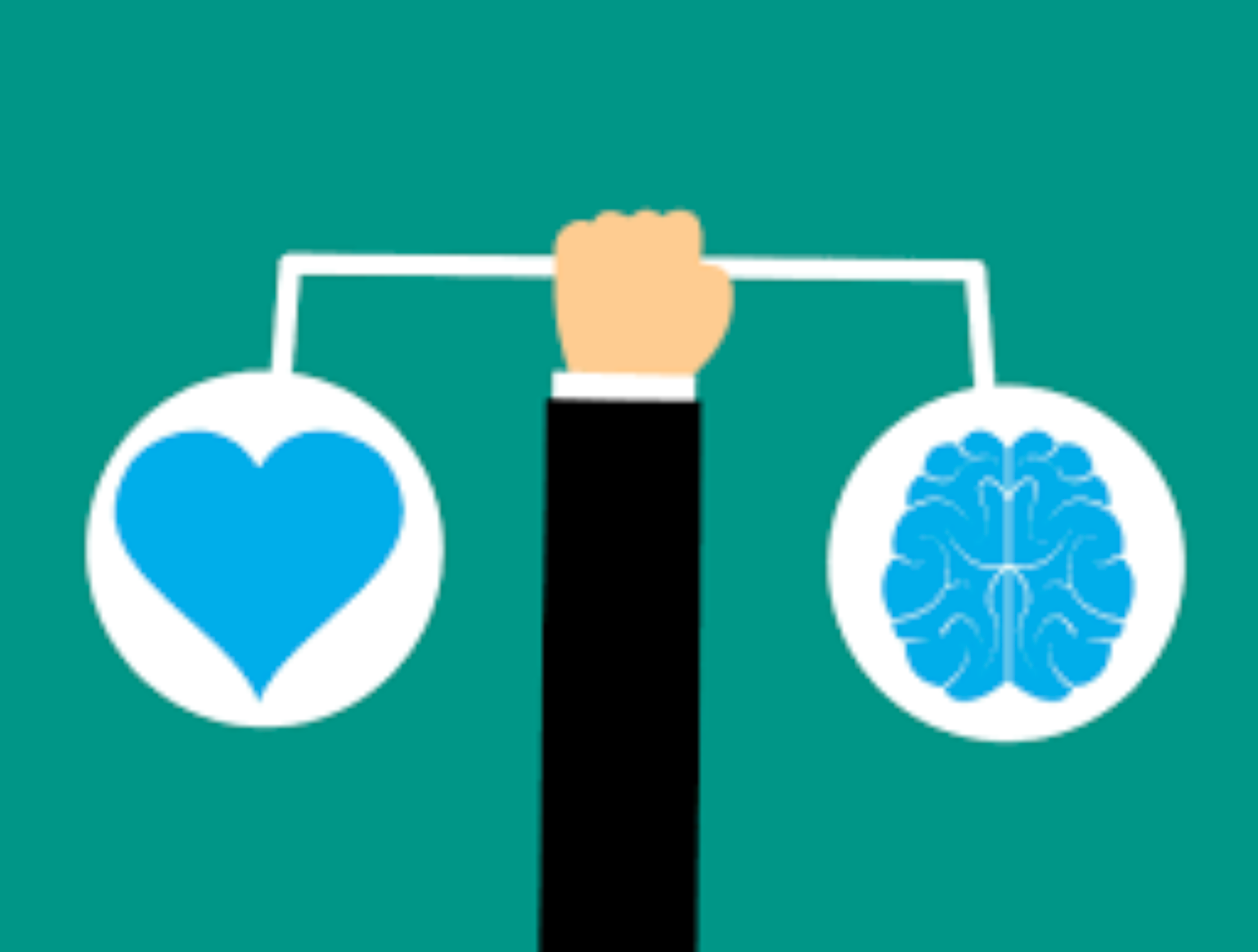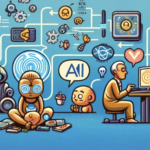
There are tons of copywriting formats, templates, tactics, and tips out there.
However, principles beat tactics and templates.
Every market is driven by a different emotion.
In the men’s dating market, it’s hope. When selling trading courses, it’s certainty.
For weight loss, the emotion is often shame. Same with personal finance.
Table of Contents
You can split the emotions of different markets into two groups
- Low emotional state
- High emotional state
If you go to a marketing conference, the attendees are likely high emotional buyers. They feel good, they are positive, and they are energetic.
They are doing well with their life and they’re looking to do better.
On the other hand, people in a low emotional state are… not where they want to be, either professionally, personally, mentally, physically… You can find these buyers in the health and fitness industries.
The huge difference between the two is:
- High-emotional buyers are solution-focused: They are interested in the “how”. They know they have a problem and they just want to understand how to fix it.
- Low emotional state buyers are problem-focused: They’re interested in the “why”. “Why am I poor?”, “Why am I lonely?”, or “Why can’t I lose weight?”.
What does this mean in practice?
- Copy: When you write copy for low emotional audiences, lead with the why. Focus on the problem. If you market to high-emotional audiences, lead with the “how”.
- Funnel length: People in a low-emotional state will be more likely to go through long video sales letters. But with high-emotional buyers, get to the point faster.
- High emotional state customers tend to buy from branded companies and will do more due diligence on you.
- Low emotional state customers do not buy high ticket offers. Since they focus on the “why”, they’re stuck on the same problem. They usually buy many low-ticket offers, rather than focusing on one solution.
This can potentially change the way you do marketing.
What is Emotional Marketing? And Why Is It So Effective?
Emotional marketing is a marketing strategy that appeals to the emotions of consumers.
Emotional marketing can be used in advertising, branding, and marketing communications to influence consumer behavior.
Some of the emotions that are most commonly used in marketing include happiness, sadness, fear, anger, love, and pride.
Emotional marketing is effective because it can create an emotional connection between the consumer and the brand. This emotional connection can lead to customer loyalty and higher levels of customer engagement.
When done correctly, emotional marketing can be an incredibly powerful tool for businesses.
However, it is important to note that emotional marketing should not be used excessively or in a way that is manipulative or deceptive.
What is emotional branding and how to use it effectively?
What are some tips for using emotional marketing effectively?
Here are a few tips for using emotional marketing effectively:
1. Know your audience: It is important to know your target audience and what emotions they are likely to respond to. This will help you create marketing messages that are more likely to resonate with them.
2. Use emotion sparingly: Emotional marketing should be used sparingly. If emotions are used too frequently or excessively, they can lose their impact and become overwhelming or even off-putting.
3. Be genuine: Emotional marketing should be authentic and sincere. Consumers can quickly spot insincerity, so it is important to be genuine in your approach.
4. Avoid being deceptive: Emotional marketing should not be manipulative or deceptive. Instead, it should focus on creating an emotional connection with the consumer that is based on trust and mutual respect.
5. Appeal to positive emotions: While all emotions can be used in marketing, positive emotions are more likely to result in customer loyalty and positive brand associations.
Emotions do sell better – Camil Roca – TEDxUPF
10 Powerful Emotional Hooks Marketers Can Use to Boost Engagement
1. Happiness: One of the most universal emotions, happiness is often used in marketing to create a feel-good association with a brand.
2. Sadness: While it may seem counterintuitive, sadness can actually be an effective emotional hook in marketing. Sadness can elicit empathy from the consumer and make them more likely to engage with the marketing message.
3. Fear: Fear is a powerful emotion that can be used to capture attention and increase engagement. However, it is important to use fear sparingly and avoid being excessively alarmist or scaremongering.
4. Anger: Anger is another emotion that can be used sparingly in marketing. When used correctly, anger can motivate the consumer to take action.
5. Love: Love is a strong emotion that can create a powerful connection between the consumer and the brand. Love can be used to increase customer loyalty and encourage positive word-of-mouth marketing.
6. Greed: Greed is another emotion that can be used to capture attention and increase engagement. Greed can motivate the consumer to take action in order to get their hands on a desirable product or service.
7. Pride: Pride is a positive emotion that can create a strong connection between the consumer and the brand. Pride can be used to encourage customers to become brand ambassadors and promote your brand to their social networks.
8. Shame: Shame is an emotion that should be used sparingly in marketing. Shame can be an effective emotional hook if used correctly, but it can also backfire if it is seen as excessively manipulative or cruel.
9. Disgust: Disgust is an emotion that should be used sparingly in marketing. Disgust can be an effective emotional hook if used correctly, but it can also backfire if it is seen as excessively graphic or offensive.
10. Hope: Hope is a positive emotion that can inspire the consumer to take action. Hope can be used to increase engagement and encourage customers to see your brand in a positive light.
When used correctly, emotional marketing can be a powerful tool for businesses.
However, it is important to use emotion sparingly and avoid being excessively manipulative or deceptive.
It is also important to appeal to positive emotions, such as happiness, love, and hope, rather than negative emotions, such as fear, anger, and disgust.
Make Your Audience Feel Something to Make Your Marketing More Effective
1. Use positive emotions: Positive emotions, such as happiness, love, and pride, are more likely to result in customer loyalty and positive brand associations.
2. Use negative emotions sparingly: Negative emotions, such as fear, anger, and disgust, should be used sparingly in marketing. If used excessively, they can backfire and make the consumer less likely to engage with the marketing message.
By following these tips, you can use emotional marketing effectively to boost engagement and encourage customers to see your brand in a positive light.
Marketing Emotions: How Emotions in Marketing Can Help You Sell – FAQs
What is emotional marketing?
Emotional marketing is a type of marketing that appeals to the emotions of consumers. It is designed to create a strong connection between the consumer and the brand. Emotional marketing can be used to increase customer loyalty, encourage positive word-of-mouth marketing, and boost sales.
How can emotional marketing be used effectively?
Some tips for using emotional marketing effectively include:
1. Use positive emotions: Positive emotions, such as happiness, love, and pride, are more likely to result in customer loyalty and develop a positive association.
2. Use negative emotions sparingly: Negative emotions, such as fear, anger, and disgust, should be used sparingly in marketing. If used excessively, they can backfire and make the consumer less likely to engage with the marketing message.
3. Appeal to multiple emotions: The most effective emotional marketing campaigns appeal to multiple emotions. This helps to create a more well-rounded and relatable marketing message.
4. Be authentic: Emotional marketing should be authentic and not excessively manipulative or deceptive. Consumers are more likely to respond positively to marketing that is genuine and relatable.
What are some of the most common emotions used in marketing?
Some of the most common emotions used in marketing include happiness, love, pride, fear, anger, and disgust.
These emotions can be used to increase customer loyalty, encourage positive word-of-mouth marketing, and boost sales.
What are some of the benefits of emotional marketing?
Some of the benefits of emotional marketing include:
1. Increased customer loyalty
2. Positive word-of-mouth marketing
3. Boosted sales
4. Improved customer engagement
5. Enhanced brand image.


![Backwards 3: How to Type "Ɛ" [EASY]](https://softwareblade.com/wp-content/uploads/2022/02/Screen-Shot-2022-02-19-at-9.03.25-PM-150x150.png)